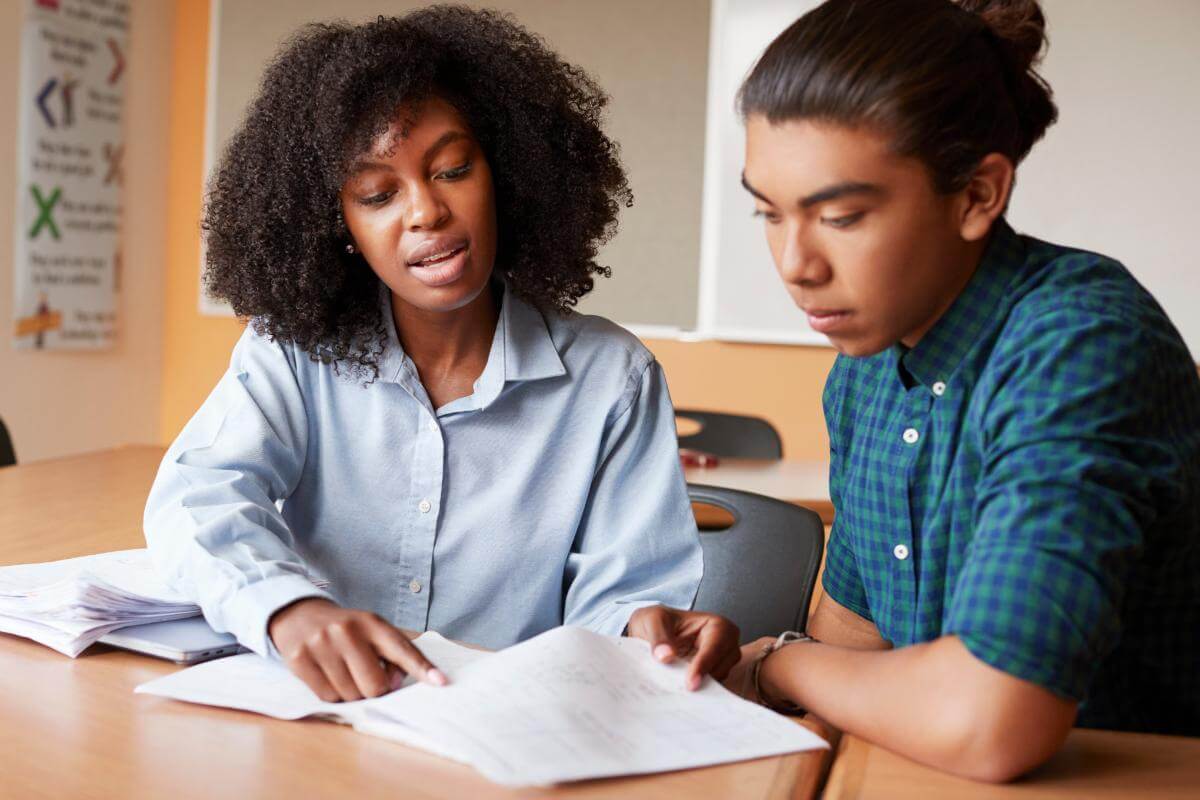Is your teen having trouble in school? The problem can range from slipping grades, lashing out at classmates, or getting in trouble with teachers. The root problem may be that the modern education system does not meet your teen’s educational needs. Everyone has different learning styles, and they are more likely to succeed when teachers appeal to their unique learning preferences. Here are some important things to know about different types of learning.
Why Different Learning Styles Matter
The problem with ignoring a teen’s learning style is that they may not be able to fully absorb the material. Some people can take in information even when they do not get to use their preferred learning style. However, it makes education a lot more challenging. Instead of focusing on learning, a person has to first translate the information into their learning style. A teen spends more time trying to figure out what their teacher is saying than they do actually grasping lessons. By the time they figure out one part of the lesson, the rest of the class has moved on.
Another problem is that learning becomes a boring chore when it does not include a teen’s learning style. his can lead to all sorts of issues like being rude to teachers, bullying classmates, or skipping classes to get high. When a student has the chance to learn in their style, it is easier for them to get excited and become passionate about pursuing knowledge.
Common Types of Learning Styles
There is a huge range of learning styles present. The two most common are visual and auditory learners. Visual learners prefer to see and observe things, so they do well with written instructions, slideshows, flashcards, and videos. Meanwhile, auditory learners prefer to learn through listening to lectures, having conversations, or memorizing songs. These types of learning are usually easily accommodated in traditional classrooms, so they have the least trouble at school.
There are also several types of learning styles that are less common, leading to many teachers who do not know how to fulfill students’ learning needs. Linguistic learners are those who do best with learning through reading, writing, and the spoken word. Physical learners prefer to learn by touching items, moving around a space, and doing crafts. Social learners may prefer to work in groups and bounce ideas off of other classmates. Logical learners need to understand the why behind information if they want to remember it, and they do well when they can categorize and group information together.
How to Accommodate Different Learning Styles
The best education programs tend to be ones that accommodate a variety of learning styles instead of forcing all students to fit into a single mold. In a classroom setting, this means teachers need to present information in a variety of ways, including talking out loud, providing visual examples, and encouraging students to hold and explore 3D models. It also requires teachers to be less strict about traditional classroom rules, allowing students to move and talk more.
However, students who have spent a lifetime with teachers ignoring their learning style may need more focused help than a classroom setting provides. In these situations, the ideal solution is giving the teen one-on-one time with a tutor who can explain things solely in their learning style. They may also find it helpful to join small groups of other students with their learning style so that they can work with peers to find more effective learning techniques.
Contact Venture Academy
At Venture Academy, we create customized treatment plans that help teens succeed no matter what their learning style is. Our experienced teachers and counsellors know how to help teens with a variety of behavioural and educational problems. Get the help your family needs by calling 855.281.5813 now.

